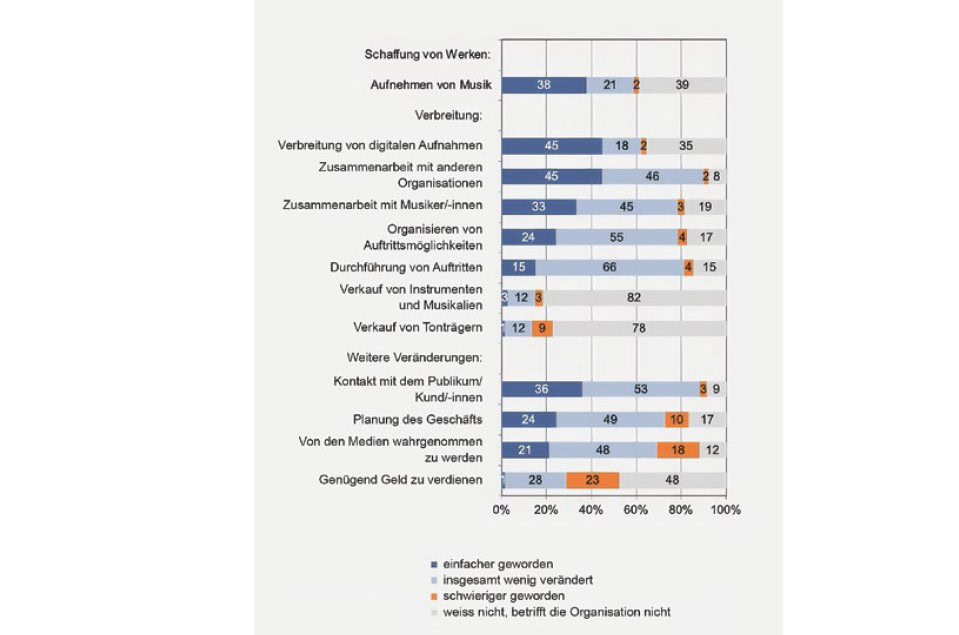The brain of pianists
Very good pianists have to perform precise and, above all, very fast finger movements in order to master the classical pieces of music. The intensive training also changes the brain.

In particularly demanding pieces of music (such as some passages of Franz Liszt's 6th Paganini Etude), the intervals between the individual finger movements must not exceed 30 milliseconds. They must also be realized with the utmost precision. In comparison, the fastest intervals achieved by non-experienced musicians are rather modest (approx. 150 milliseconds). A number of studies have shown that more than 10,000 hours of training are required to achieve professional playing performance. Such intensive training leaves "traces" in the areas of the brain involved in expertise control. In particular, the areas of the brain involved in the motor areas sometimes show considerable anatomical and neurophysiological changes.
The neuroanatomical studies published to date on this topic have shown that in pianists, the primary motor areas that control the fingers have become particularly large in both hemispheres. These changes in size are reflected in a larger volume of neuronal tissue, but also in a larger cortical surface area in the hand motor cortex. In addition to these differences in volume, changes in the cable systems that connect the motor areas of the brain with the hands and legs can also be identified.
These anatomical peculiarities are likely to have developed in the course of motor learning. The earlier they started music training, the more pronounced the anatomical changes tend to be. There are also marked differences between musicians, depending on which instruments they play. In pianists, the two hand motor areas on the right and left hemispheres are particularly large and more strongly connected. In string players, on the other hand, who have to train the fingers of the left hand in particular, only the right-sided hand motor cortex has become anatomically conspicuous or larger. Special anatomical adaptations are also found in the corticospinal tract, which connects the hand motor cortex with the hands and arms.
In addition to these specific adaptations in the motor system, there are also neurophysiological peculiarities in the functional coupling between the motor and sensory areas - especially between the motor and auditory cortex. The neurophysiological activations in the motor areas of the brain in pianists are, as mentioned, particularly adapted to piano playing. This special adaptation can also be recognized by the optimization of neurophysiological excitation in the brain areas involved. In pianists, these are lower neurophysiological activations in the motor areas when playing the piano than in untrained people. Apparently, as a result of frequent practicing, the most suitable neuronal circuits have been established to enable the motor processes.
As a result of practising, highly trained pianists have established an automated error control system that allows them to unconsciously recognize and control motor errors while playing. However, error control does not affect the action that has just been performed incorrectly, but rather future actions.
It is remarkable that such neurophysiological and neuroanatomical adaptations not only occur in early childhood and adolescence, but also in adulthood and - what is particularly interesting - also in old age. In this respect, the acquisition of musical playing skills is not only reserved for young people, but is also possible in old age. It is possible that the human brain is plastic for a lifetime, so that music-making can be acquired well into old age.
Prof. Dr. rer. nat. Lutz Jäncke
University of Zurich/Psychol. Institute
Chair of Neuropsychology
> lutz.jaencke@uzh.ch








